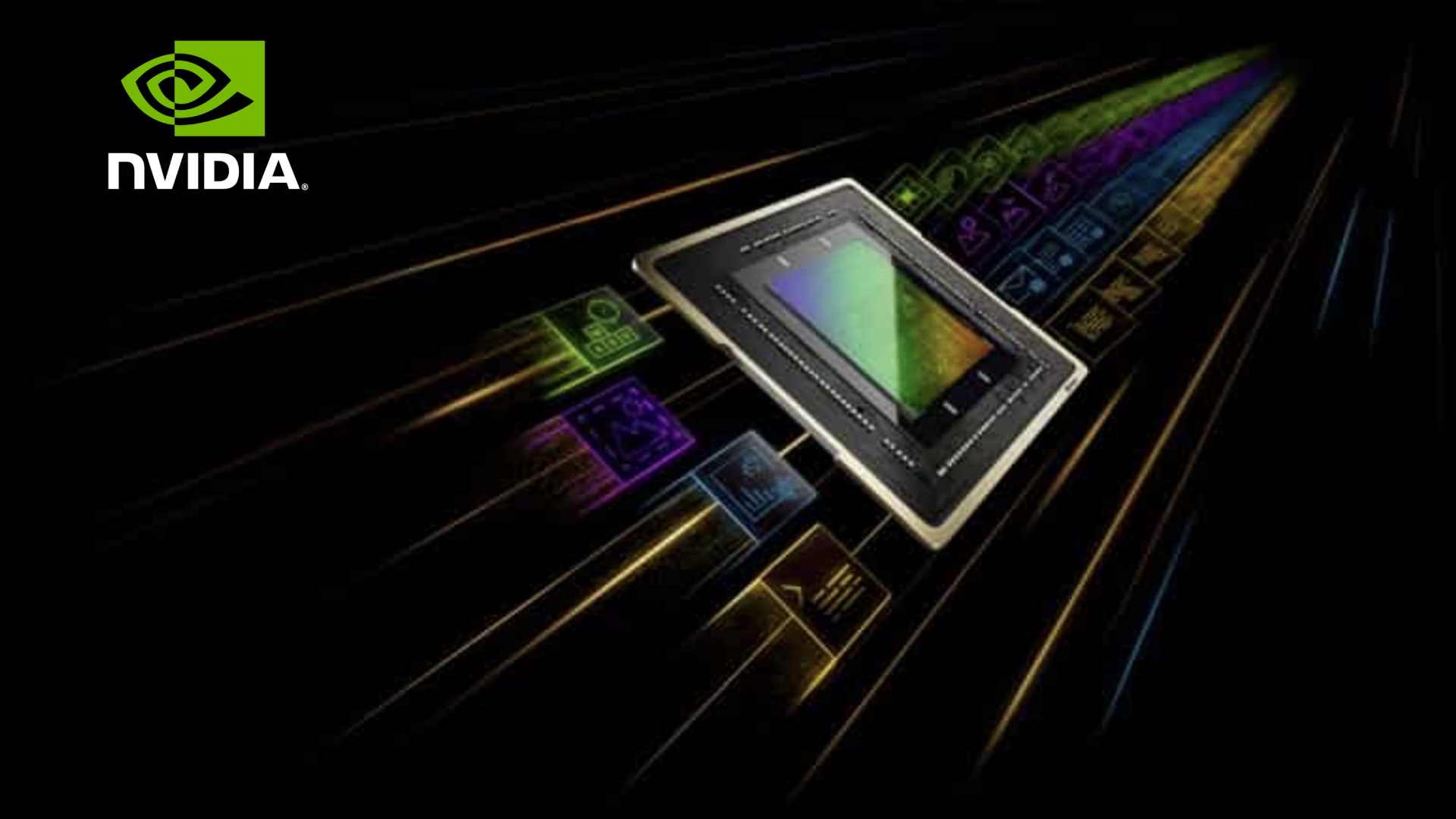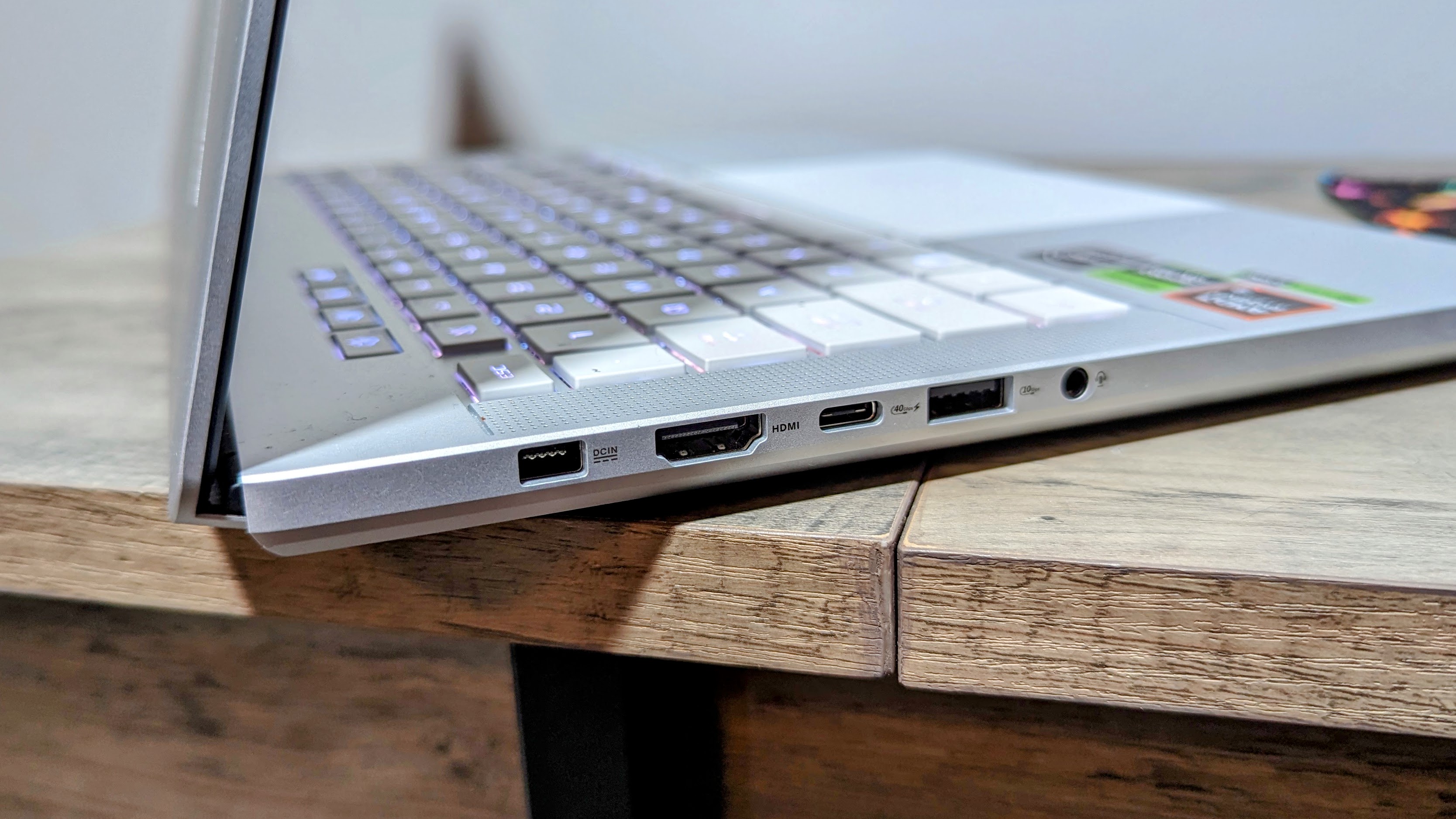
Based on recent rumors, Nvidia is working on a new line of AI-focused GPUs codenamed "Rubin" after Astronomer Vera Rubin. While Nvidia's "Blackwell" line of gaming GPUs was announced in March with an expected release later this year, these Rubin series GPUs appear to dip very heavily into the AI well and are slated for a late 2025 to early 2026 launch.
TF International Securities Analyst and reputable tech supply chain rumor source Ming-Chi Kuo reports on Medium that "Nvidia’s next-generation AI chip, the R-series/R100 AI chip, will enter mass production in 4Q25, and the system/rack solution will likely start mass production in 1H26." So it will be some time before we see these chips hit the market.
But what are these AI GPUs exactly? And who are they for? Spoiler alert: They're not for gamers.
What are the Rubin GPUs?
Kuo has already predicted some details about the GPU architecture behind the Rubin chipsets.

"R100 will use TSMC’s N3 node (vs. TSMC’s N4P for B100) and CoWoS-L packaging (same as B100). R100 adopts about 4x reticle design (vs. B100’s 3.3x). The interposer size for R100 has yet to be finalized. There are 2–3 options. R100 will be equipped with eight HBM4 units."
That means that the Rubin GPUs are focused on power efficiency rather than raw performance, all due to the 4x reticle design with Chip-On-Wafer-On-Substrate-L (CoWoSL) technology and HBM4 stacked memory.
This kind of power efficiency is especially relevant to AI, as all AI applications have a high energy cost. So if Rubin GPUs can decrease power consumption, this could make AI workloads faster and more efficient to run.
What does this means for you?
The Rubin GPUs are designed for dedicated AI use, not gaming. Gamers will want to look out for the Blackwell GPU launches later this year, as those will be some of the most powerful gaming GPUs we've seen so far, consuming up to 1,200W of power.
While the Blackwell GPUs are capable of supporting generative AI features, Rubin's power efficiency will make them a far more useful chip for AI. This means the Rubin GPUs are designed more for professional use by AI developers rather than by gamers or general consumers. Nvidia has long since made professional-grade GPUs for workstation and data center use, so the Rubin seems to slot in perfectly well there.
But we could see a version of the Rubin GPU make its way onto the consumer market. Either for gaming, as AI becomes more entrenched in the gaming landscape, or for personal AI usage as consumers become more reliant on AI over time.
For more news, rumors, and updates on everything Nvidia related, and all things tech, follow Laptop Mag on X, Facebook, and Flipboard for the latest word as it arrives.







